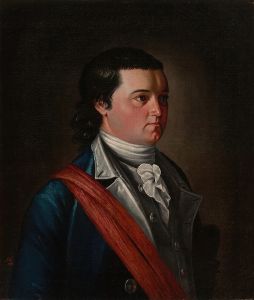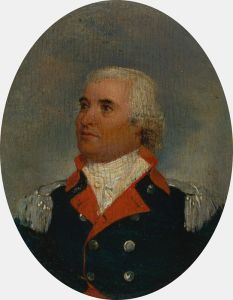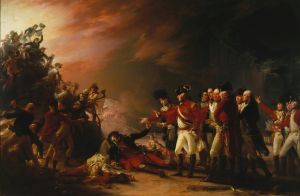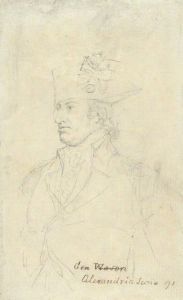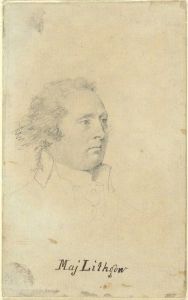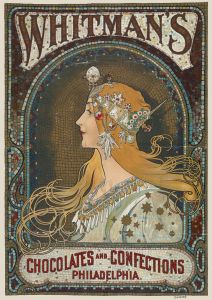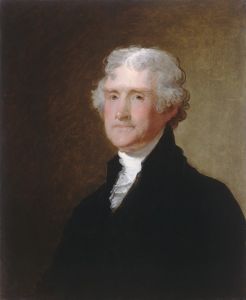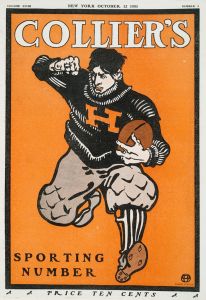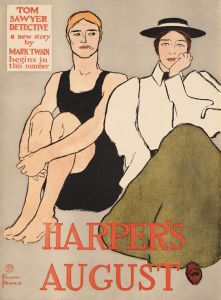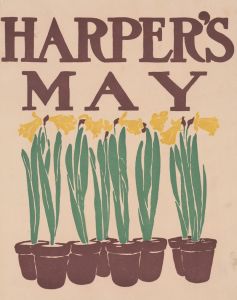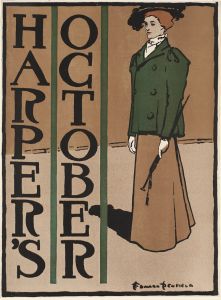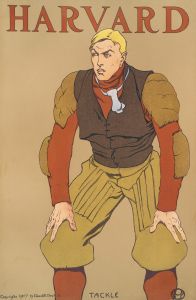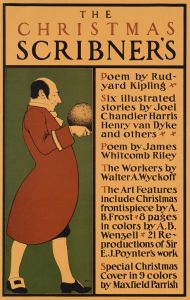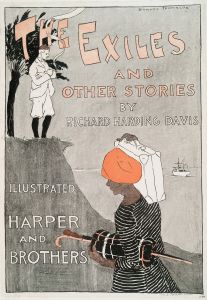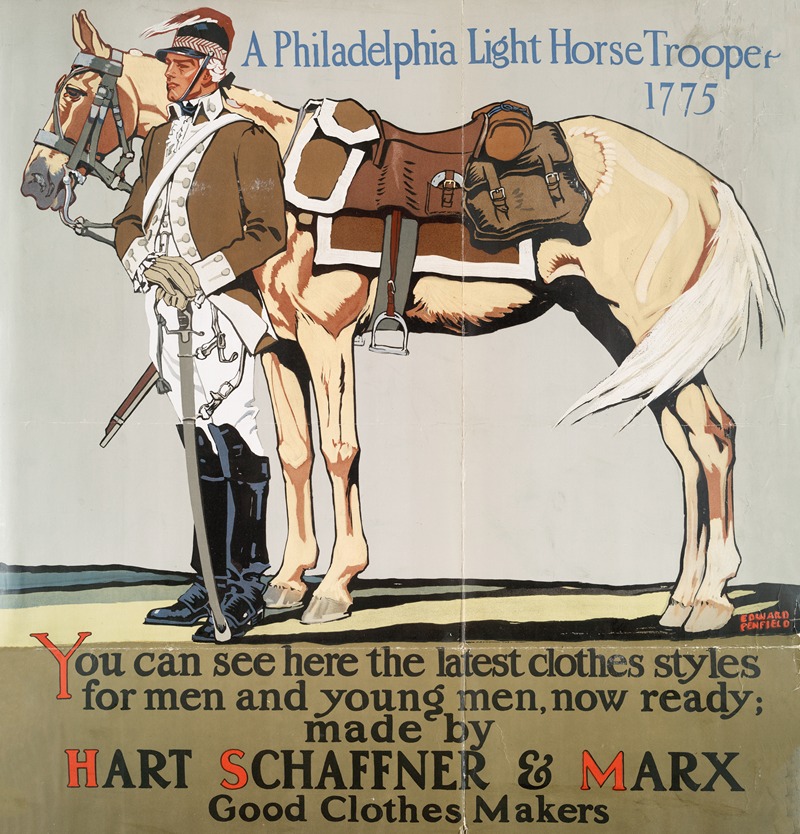
A Philadelphia light horse trooper, 1775
A hand-painted replica of Edward Penfield’s masterpiece A Philadelphia light horse trooper, 1775, meticulously crafted by professional artists to capture the true essence of the original. Each piece is created with museum-quality canvas and rare mineral pigments, carefully painted by experienced artists with delicate brushstrokes and rich, layered colors to perfectly recreate the texture of the original artwork. Unlike machine-printed reproductions, this hand-painted version brings the painting to life, infused with the artist’s emotions and skill in every stroke. Whether for personal collection or home decoration, it instantly elevates the artistic atmosphere of any space.
Edward Penfield was an influential American illustrator and poster artist, renowned for his contributions to the art of illustration in the late 19th and early 20th centuries. One of his notable works is "A Philadelphia Light Horse Trooper, 1775," which captures a significant moment in American history through its depiction of a member of the Philadelphia Light Horse, a cavalry unit that played a role during the American Revolutionary War.
The Philadelphia Light Horse, also known as the First Troop Philadelphia City Cavalry, is one of the oldest continuously serving units in the United States. It was founded in 1774 and served as a volunteer cavalry unit. The troop played a crucial role during the early stages of the American Revolution, providing escort and reconnaissance services for General George Washington and the Continental Army. The unit's involvement in the war, particularly during the crossing of the Delaware River and the subsequent Battle of Trenton, is well-documented and celebrated in American military history.
Edward Penfield's illustration, "A Philadelphia Light Horse Trooper, 1775," is a representation of a trooper from this historic unit. Penfield's work is characterized by its attention to detail and historical accuracy, reflecting the uniforms and equipment typical of the period. The trooper is depicted in the traditional attire of the Philadelphia Light Horse, which included a blue coat with buff facings, a helmet with a horsehair crest, and other accouterments that were standard for cavalrymen of that era.
Penfield's artistic style is often associated with the American Art Nouveau movement, and he is credited with helping to popularize the poster as a form of art in the United States. His works often featured bold lines, flat colors, and a keen sense of composition, all of which are evident in "A Philadelphia Light Horse Trooper, 1775." This piece not only serves as a historical document but also as an example of Penfield's skill in combining artistic expression with historical narrative.
The illustration is significant not only for its artistic merit but also for its role in preserving the legacy of the Philadelphia Light Horse. By capturing the image of a trooper from this unit, Penfield contributes to the broader understanding of the American Revolutionary War and the diverse forces that contributed to the fight for independence. His work provides a visual connection to the past, allowing contemporary audiences to engage with history in a tangible way.
Edward Penfield's contributions to the field of illustration extend beyond this single work. He served as the art director for Harper's Magazine and produced numerous posters and illustrations that have become iconic representations of American culture at the turn of the century. His ability to blend historical themes with modern artistic techniques has left a lasting impact on the world of illustration and continues to be studied and appreciated by art historians and enthusiasts alike.
In summary, "A Philadelphia Light Horse Trooper, 1775" by Edward Penfield is a notable illustration that captures a moment in American history with accuracy and artistic flair. Through his depiction of a trooper from the Philadelphia Light Horse, Penfield not only honors the legacy of this historic unit but also showcases his own talents as a leading figure in the American Art Nouveau movement.





